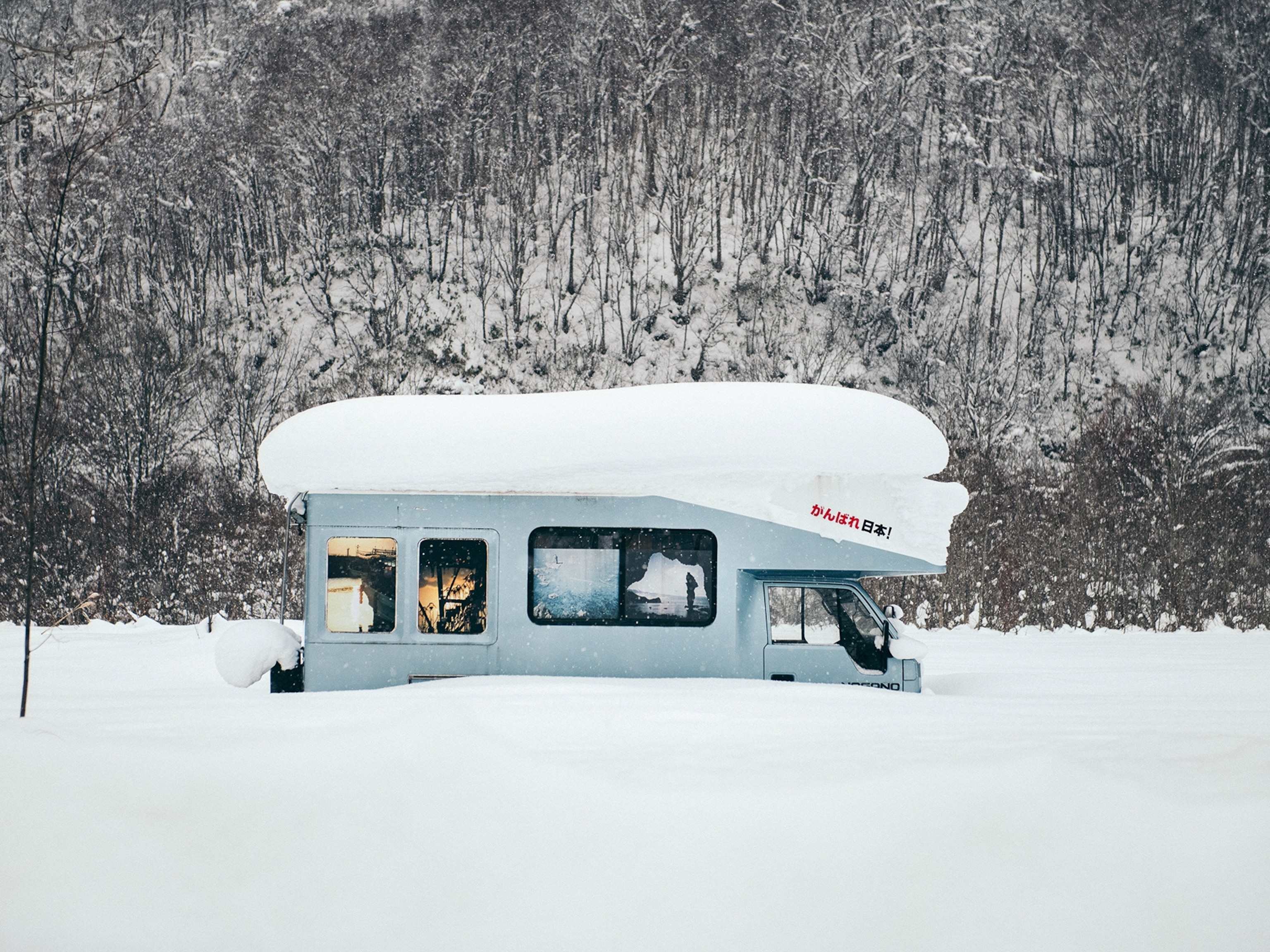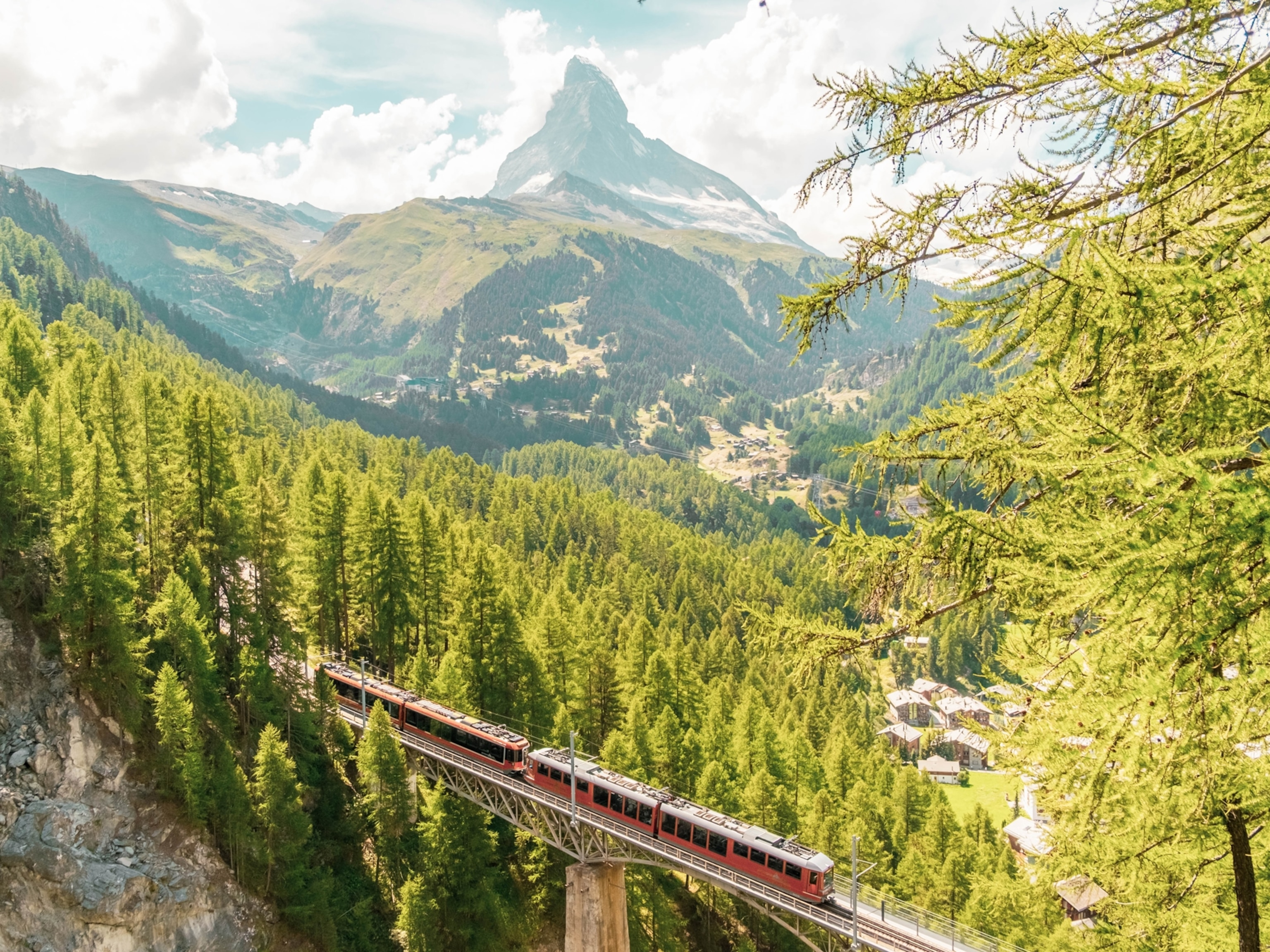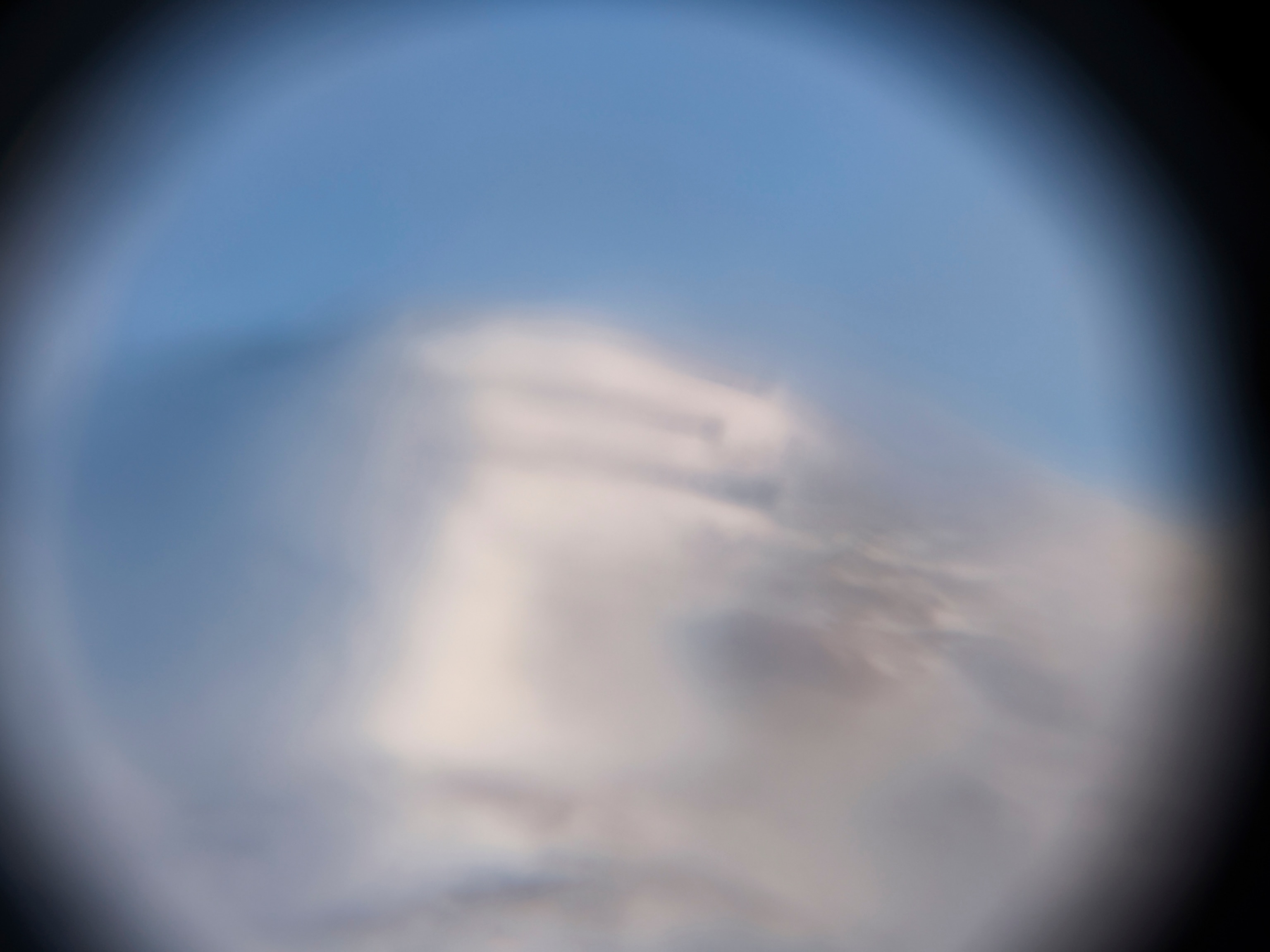
Giant Crack in Antarctica About to Spawn New York-Size Iceberg
"This glacier is really important," adds mightily to sea level rise, experts say.
With a gargantuan crack slowly splitting it apart, Antarctica's fastest-melting glacier is about to lose a chunk of ice larger than all of New York City, scientists say.
(Also see "Manhattan-Size Ice Island Cracks in Half.")
The crevasse stretches 19 miles (30 kilometers) long and up to 260 feet (80 meters) wide, as shown in a picture taken by NASA's Terra satellite in October and featured this week as a NASA Image of the Day.
Snaking across the floating tongue of the Pine Island Glacier in West Antarctica, the crack is expected to create an iceberg 350 square miles (907 square kilometers)—versus 303 square miles (785 square kilometers) for Manhattan, Brooklyn, Queens, Staten Island, and the Bronx combined, according to NASA.
As for when the iceberg might shove off, "that is very difficult to predict," said oceanographer Eric Rignot of NASA's Jet Propulsion Laboratory, "but in the coming months for sure."
Glacier "Contributing Most to Sea Level"
Usually there's nothing extraordinary about a glacier calving, said glaciologist Ted Scambos of the National Snow and Ice Data Center (NSIDC) in Boulder, Colorado.
Glaciers that flow into the sea, like the Pine Island Glacier, go through a normal cycle in which the floating section grows, stresses mount, and an iceberg breaks off, Scambos said.
"That is nothing unusual in most cases."
But when the pattern deviates, glaciologists take notice. In this case, the crack is forming significantly farther "upstream" than has previously been the case. That "signifies that there are changes in the ice," he said.
When "that point of rifting starts to climb upstream, generally you see some acceleration of the glacier." That means that the ice will flow into the ocean at a faster rate, contributing even more to sea level rise.
(Related: "Hundreds of Glaciers Melting Faster in Antarctica.")
Such an acceleration is of particular concern at the Pine Island Glacier, because, among Antarctic glaciers, it's "the one that's contributing the most to sea level rise."
In fact, he said, ice flows from that glacier alone account for a quarter to a third of Antarctica's total contribution to sea level rise.
"It's moving at about three kilometers [almost two miles] per year," Scambos said. And, he noted, "it's been accelerating quite a bit."
(Pictures: Antarctica Warming.)
Cracking Glacier "Really Important"
As far as sea levels are concerned, changes in the Pine Island Glacier and other West Antarctic glaciers are far more important than shifts among the continent's other glaciers, such as East Antarctica's Mertz Glacier—despite Mertz's much publicized release of a Luxembourg-size iceberg in early 2010.
That's because the "Luxembourg" iceberg came from a glacial ice tongue that had just been "sitting there," said oceanographer Doug Martinson of Columbia University's Lamont-Doherty Earth Observatory.
By contrast, "West Antarctica has ice streams, of which Pine Island is one. Those are fast-flowing streams of ice," said Martinson, who specializes in polar oceans.
When ice breaks off the Pine Island Glacier, he said, more ice can flow in faster from the mountains above—ice that will eventually wind up contributing to sea level rise.
"This glacier," NSIDC's Scambos added, "is really important."





